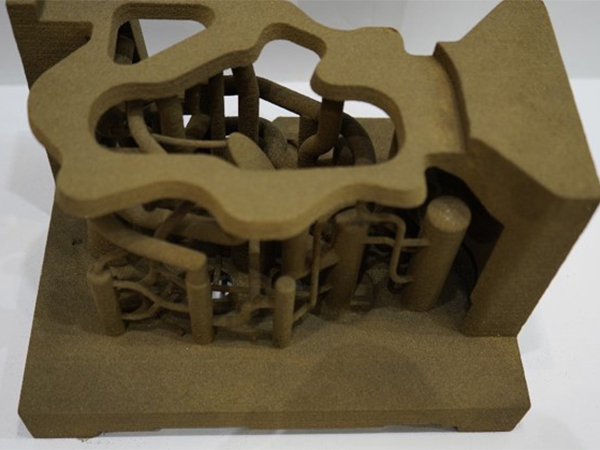The Art of Wet Sanding 3D Prints A Step-by-Step Guide
3D printing has revolutionized the world of manufacturing and prototyping, allowing creators to bring their ideas to life with unprecedented ease and precision. However, obtaining a high-quality finish on 3D printed parts often requires additional finishing techniques. One of the most effective methods for achieving a smooth and polished surface is wet sanding. This article will explore the benefits of wet sanding and provide a step-by-step guide on how to do it properly.
Understanding Wet Sanding
Wet sanding is a technique that involves using sandpaper along with a lubricant, typically water, to reduce friction and prevent dust buildup. This method is especially beneficial for materials like PLA, ABS, and PETG, which are commonly used in 3D printing. The water serves to carry away debris while also preventing the sandpaper from clogging, allowing for a more uniform finish. Additionally, wet sanding can minimize the risk of scratching and helps achieve a more polished surface by preventing the heat generated by friction from distorting the material.
The Benefits of Wet Sanding
1. Improved Surface Finish Wet sanding can significantly enhance the appearance of your 3D prints, making them smooth and visually appealing.
2. Reduced Dust Unlike dry sanding, wet sanding produces far less dust, creating a cleaner working environment.
3. Reduced Risk of Damage The lubricant helps to cool the printed surface, reducing the risk of warping or damaging the print during the sanding process.
4. Longer Sandpaper Life The water helps to keep the sandpaper clean and reduces wear and tear, allowing you to use it for a longer period.
Step-by-Step Wet Sanding Process
Step 1 Preparation
Before you begin wet sanding, ensure that your 3D print is fully cured and free from any residues or contaminants. Gather an assortment of sandpapers in various grits, ranging from coarse (around 220) to fine (up to 2000 or higher) depending on the desired finish.
wet sanding 3d prints

Step 2 Setup Your Workspace
Prepare your workspace by laying down a tarp or newspaper to catch any drips. Fill a tray or container with water, and you may add a few drops of dish soap to improve lubrication. Ensure you have a sponge or cloth nearby to wipe off excess water.
Step 3 Start Sanding with Coarse Grit
Begin with a coarse grit sandpaper (220-400). Submerge it in water for a minute to saturate it, then gently sand the surface of your print in circular motions or back and forth. Apply light pressure to avoid removing too much material or shaping your print incorrectly.
Step 4 Progress to Finer Grains
Once the surface is reasonably smooth, switch to a medium grit sandpaper (600-1000) and repeat the process. Continue this process, gradually moving to finer grits (1500-2000), making sure to wet the sandpaper again before each use. You will notice that the surface becomes progressively smoother with each finer grit.
Step 5 Rinsing and Drying
After sanding with the finest grit, rinse the print under running water to remove any sanding dust or debris. Pat it dry with a soft cloth. At this stage, you may choose to apply a primer or paint if you desire, as a smooth surface will allow for better adhesion and appearance.
Step 6 Final Touches
Examine your print closely for any imperfections. If you find areas that need further smoothing, you can repeat wet sanding with the appropriate grit. For an added glossy finish, consider using a plastic polish or clear coat after the sanding process.
Conclusion
Wet sanding is an invaluable technique for achieving smooth, high-quality finishes on 3D printed parts. By following this guide, you can enhance the aesthetic and tactile qualities of your prints, ensuring they look professional and polished. Whether you are an experienced maker or just starting with 3D printing, mastering the art of wet sanding will undoubtedly improve your projects.
Post time:ธ.ค. . 25, 2024 05:54
Next:Exploring the Techniques and Benefits of Open Sand Casting in Metal Fabrication
